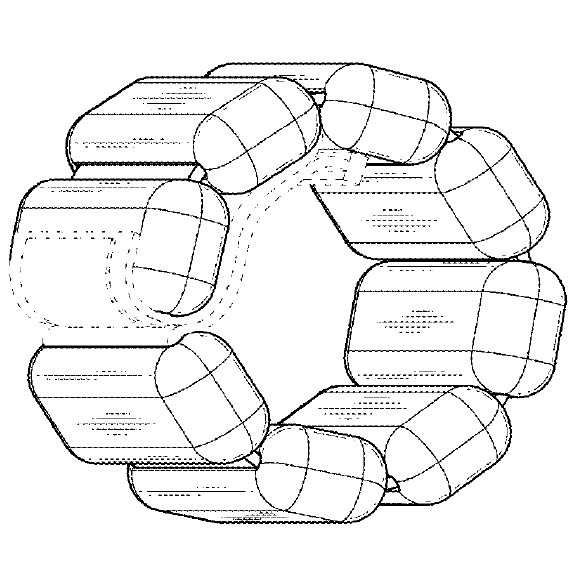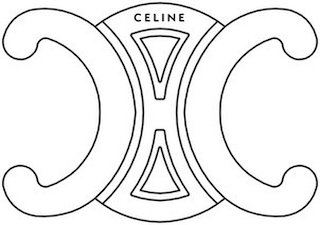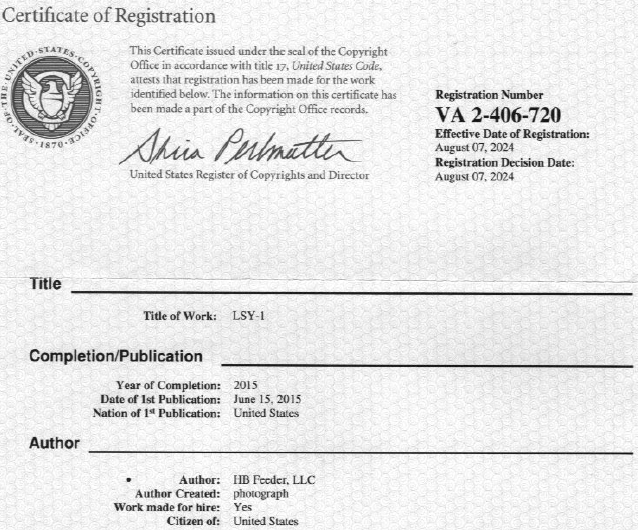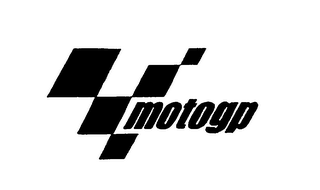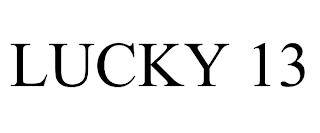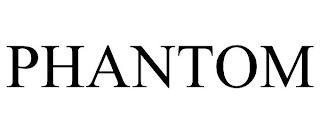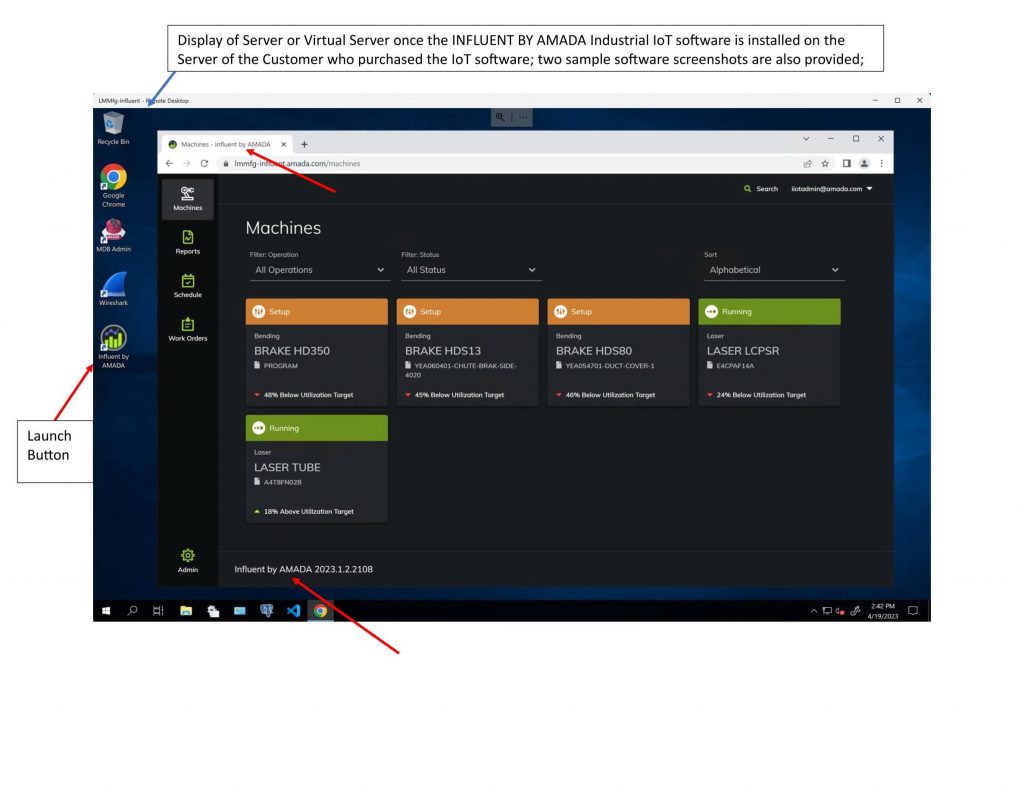When securing a loan with a US patent as collateral, it is important to understand the locations for recording that security interest. There are at least two places for recording a security interest in a US patent: the office designated under the applicable provisions of the Uniform Commercial Code (UCC) and the US Patent and Trademark Office (USPTO).
UCC Filing
Patents have the attributes of personal property. 35 USC 261. The applicability of Article 9 of the UCC includes a transaction, regardless of its form, that creates a security interest in personal property. 810 ILCS 5/9-109; UCC 9-109. A security interest is an interest in personal property or fixtures which secures payment or performance of an obligation. 810 ILCS 5/1-201(35); UCC 1-201(35). Personal property includes general intangibles, which is a type of collateral that includes “various categories of intellectual property.” UCC 9-102(42), cmt. 5(d); 810 ILCS 5/9-102(42).
The law of the jurisdiction of the debtor’s location usually governs perfection of a security interest in collateral. UCC 9-301. Generally, to perfect a security interest in a patent against subsequent lien creditors, a financing statement is filed with the appropriate state office according to Article 9 of the UCC. See UCC 9-310; 9-501.
USPTO Recordation
35 USC 261 provides that “An interest that constitutes an assignment, grant or conveyance shall be void as against any subsequent purchaser or mortgagee for a valuable consideration, without notice, unless it is recorded in the Patent and Trademark Office within three months from its date or prior to the date of such subsequent purchase or mortgage.” A security interest in a patent is not explicitly listed here.
The Ninth Circuit Court of Appeals has found that “assignment, grant or conveyance” does not include a security interest and that 35 USC 261 does not preempt state law UCC requirements for perfecting a security interest. Moldo v. Matsco, Inc. (In re Cybernetic Servs.), 252 F.3d 1039, 1059 (B.A.P. 9th Cir. 1999). The court said “because § 261 provides that only an “assignment, grant or conveyance shall be void” as against subsequent purchasers and mortgagees, only transfers of ownership interests need to be recorded with the PTO.”
Yet, the USPTO will record agreements that convey a security interest. The USPTO says: “Such documents are recorded in the public interest in order to give third parties notification of equitable interests or other matters relevant to the ownership of a patent or application.” MPEP 313. However, the Ninth Circuit said “Because the Patent Office records security interests on a discretionary basis and such recording does not provide constructive notice, the Patent Act registration system is insufficient to provide the sole method of perfecting security interests in patents.”
Nevertheless, it is a good practice to record security agreements at the USPTO as it provides additional notice to any party, including potential lenders and purchasers, under taking due diligence at the USPTO.
Conclusion
The conservative course is to file a financing statement with the appropriate state office to protect against future lien creditors, but also to record the security interest at the USPTO to provide additional notice to parties searching there.
